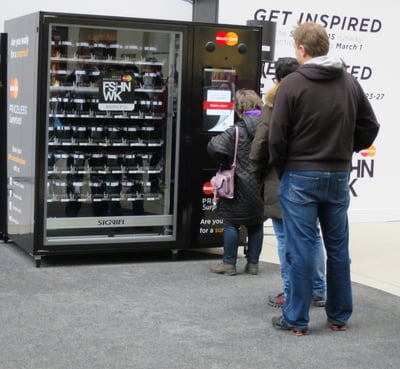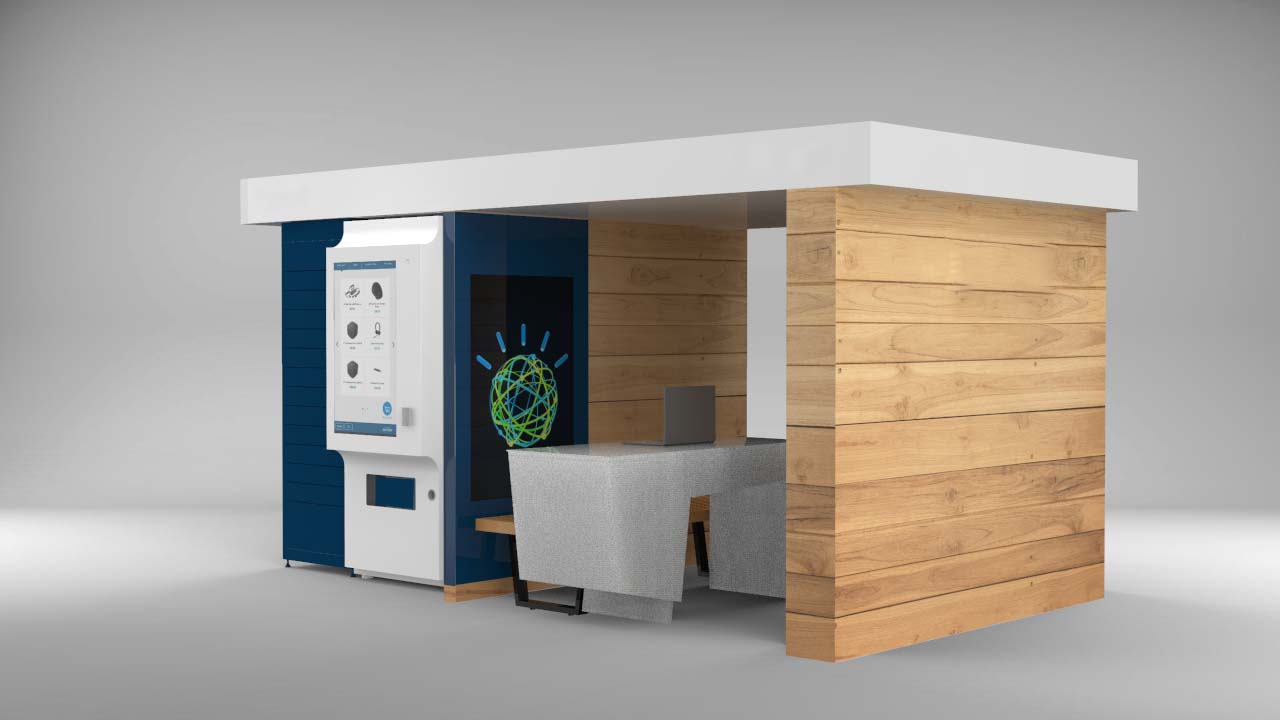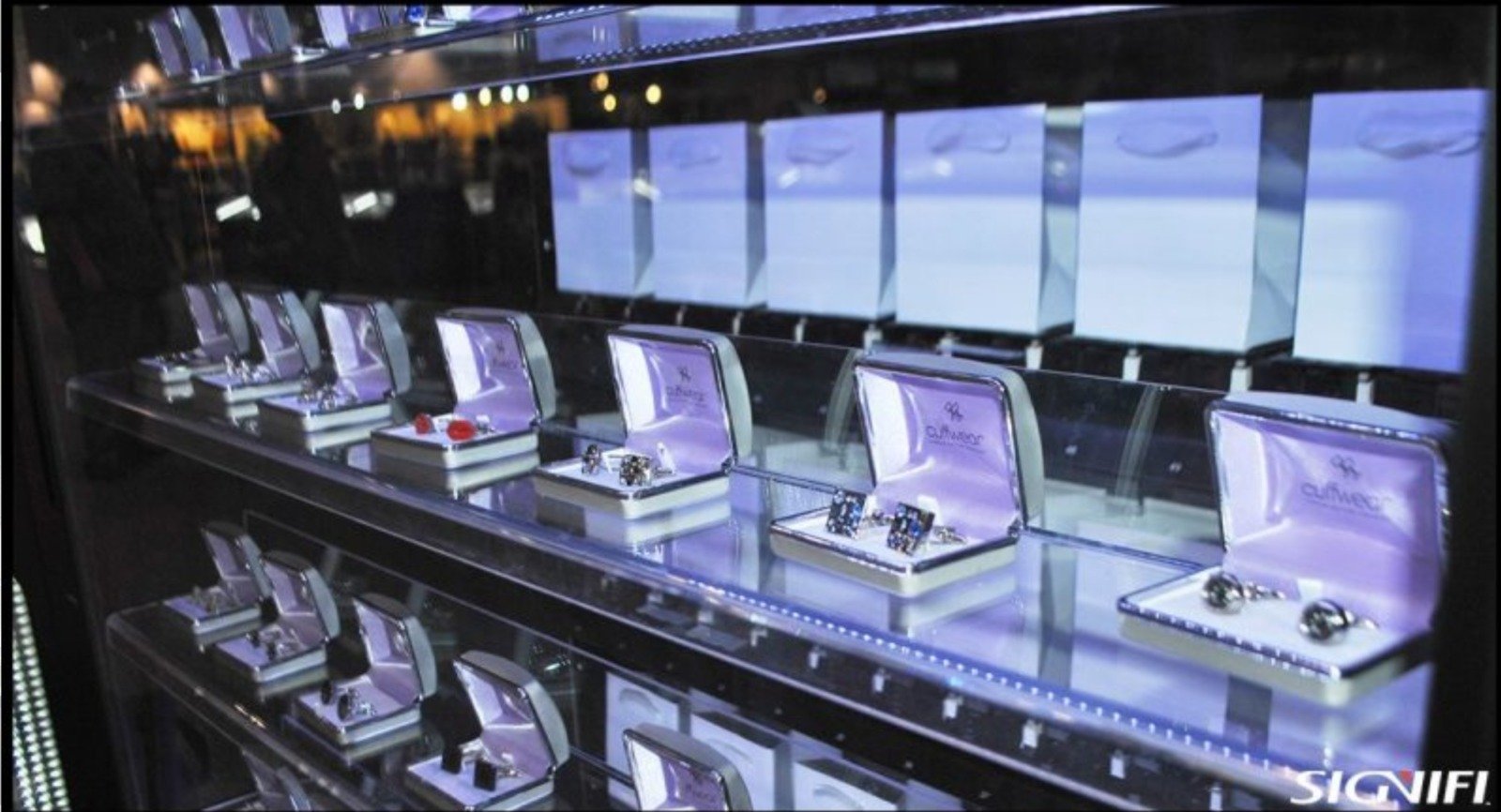
Creatures of Habit
According to research out of Harvard Business School, families on average buy the same 150 products over and over again. This makes up 85% of their household needs. Of those 150 products, whoever does the family's purchasing likely chooses the same brand time after time. Getting people to become loyal customers and take a chance on a new business in today’s crowded marketplace can be a daunting task. Helping consumers overcome their hesitation requires a combination of factors: creative marketing, superb customer service, and an experience they cannot get from anywhere else, or from anything else.
The following are some of the advantages and disadvantages of each retail opportunity.
Traditional Brick and Mortar:
- One on one interaction with consumers.
- Endless marketing options for foot traffic, online and print.
- Securing the right space, in the right area is difficult.
- Requires high capital cost to go to market.
- Ongoing Labour costs and overhead expenses.
E-commerce:
- Consumers may make purchases in the comfort of their own home.
- By reading reviews, consumers often feel confident in their decisions.
- Immediate custom service gratification is not experienced, and there is a delay before receiving their shipments.
- While most consumers are comfortable making online purchases, some are still hesitant using credit cards on some websites, especially those out of their country of residence.
- Consumers can potentially feel separated without the personal touch achieved through brick & mortar stores.
Mobile:
- Convenience! Shop while you’re on the bus, while you’re waiting in line, while you’re on your lunch break. The possibilities are endless.
- Screen size is limited, and some retailers have not adopted mobile responsive websites.
- Like e-commerce, the Instant gratification of making a purchase is not experienced.
Pop-up/Event Retail:
- There is the illusion whether constructed or real that you are offering a one-of-a-kind product! In today’s consumer climate there is a desire for unique, limited run products and services. A pop up shop fulfills this desire.
- It can be tough to build customer loyalty, unless social media is used to garner a following.
- It requires capital to find and train staff.
- It is potentially difficult to bring customers into the new location
- High marketing dollars are required to advertise the event with potentially minimal return on investment.
Automated Retail:
- Requires minimal capital cost to setup and manage.
- Overhead and labour costs are nil.
- The consumer experiences the brand through real time interactions with the kiosk.
- The kiosk can integrate social platforms and advertising
- The consumer gets to experience the innovative experience of the robotic kiosk.
- Consumer experiences instant gratification with obtaining their product instantly.
- With each product, the information is constant, informative, and complete. It gives the buyer all the information they need to buy on the spot
Having an innovative consumer experience will set you ahead of your competitors and ensure that consumers remember your brand going forward.
Theodore Levitt, author and professor at Harvard Business School says “Differentiation is one of the most important strategic and tactical activities in which companies must constantly engage.”
Robotic kiosks differentiate you from the competition while responding to a consumer’s need for product/novelty while keeping your bottom line in check.

.png)

